
-
-
-
Advance your career
In 3-9 months, gain the skills to break into a new career or take your career to the next level.
10th
View allADVANCED MANAGEMENT PROGRAMME (MANUFACTURING AND OPERATIONS)
View allAGNIVEER MR
View allAGNIVEER SSR
View allALLAHABAD HC RO/ARO
View allAnthropology (B.Sc Anthropology)
View allArtificial Intelligence
View allASSOCIATION OF CHARTERED CERTIFIED ACCOUNTANTS [ACCA]
View allB.A (Hons.) Business Economics
View allB.A Geography
View allB.A Hons (English)
View allB.A. - Public Administration
View allB.A. Economics
View allB.A. English
View allB.A. in Fashion and Textile Design
View allB.A. in Jewellery and Accessory Design
View allB.A. in Political Science
View allB.A. in Visual Communication
View allB.A. Journalism and Mass Communication
View allB.A. LLB
View allB.Com (Hons.)
View allB.Ed or Bachelor of Education
View allB.Ed or Bachelor of Education in Physical Science
View allB.Sc - Computer Science
View allB.Sc - Electronics
View allB.Sc - Forensic Science
View allB.Sc - Genetics
View allB.Sc - Geology
View allB.Sc - Home Science
View allB.Sc - Horticulture
View allB.Sc - Life Sciences
View allB.Sc - Microbiology
View allB.Sc - Statistics
View allB.Sc - Zoology
View allB.Sc in Animation
View allB.Sc in Physiology
View allB.Sc LLB (B.Sc LLB)
View allB.Sc. (Hons.) Chemistry
View allB.Sc. (Hons.) Computer Science
View allB.Sc. (Hons.) Mathematics
View allB.Sc. (Hons.) Physics
View allB.Sc. Agriculture
View allB.Sc. Biochemistry
View allB.Sc. Biotechnology
View allB.Sc. Nursing
View allB.Tech - Automobile Engineering
View allB.Tech - Biochemical Engineering
View allB.Tech - Ceramic Engineering
View allB.Tech - Genetic Engineering
View allB.Tech - Instrumentation Engineering
View allB.Tech - Mechatronics Engineering
View allB.Tech - Mining Engineering
View allB.Tech - Production Engineering
View allB.Tech - Telecommunication Engineering
View allB.Tech - Textile Engineering
View allB.Tech : Mechanical Engineering
View allB.Tech-Artificial Intelligence
View allB.Tech-Chemical Engineering
View allB.Tech-Civil Engineering
View allB.Tech-Computer Science Engineering
View allB.Tech-Electrical Engineering
View allB.Tech-Electronics and Communications Engineering
View allB.Tech-Mechanical Engineering
View allBA LLB (BA LLB)
View allBachelor of Accounting and Finance (BAF)
View allBachelor of Audiology & Speech Language Pathology (BASLP)
View allBachelor of Banking & Insurance (BBI)
View allBachelor of Business Administration (BBA)
View allBachelor of Computer Applications (BCA)
View allBachelor of Design (B.Des)
View allBachelor of Education (B.Ed)
View allBachelor of Education (B.Ed) in History
View allBachelor of Education (B.Ed) Psychology
View allBachelor of Education (BE.d) English
View allBachelor of Education (BEd) Commerce
View allBachelor of Education (BEd) in Physical Education
View allBachelor of Education in Hindi
View allBachelor of Education in Tamil [B.Ed] (Tamil)
View allBachelor of Elementary Education (B.El.Ed)
View allBachelor of Financial Markets (BFM)
View allBachelor of Fine Arts
View allBachelor of Management Studies (BMS)
View allBachelor of Mass Communication (BMC)
View allBachelor of Mass Media (BMMC)
View allBachelor of Multimedia Communication (BMMC)
View allBachelor of Optometry
View allBachelor of Optometry (BOPTM)
View allBachelor of Physical Education (B.P.Ed)
View allBachelor of Tourism and Travel Management (BTTM)
View allBachelor of Visual Communication (B.V.C)
View allBachelor of Visual Communication (BVC)
View allBachelor of Vocation (B.Voc) in Software Development
View allBachelors in Banking and Insurance (BBI)
View allBachelors of Commerce and Bachelor of Legislative Law (B.Com LLB)
View allBBA LLB
View allBEd Political Science
View allBIHAR CGL TEST SERIES
View allBIHAR CIVIL COURT
View allBIHAR DAROGA
View allBIHAR PROHIBITION CONSTABLE
View allBOB PO
View allBOB SO
View allBOI SO
View allBPSC HEAD MASTER
View allBPSC SANITARY & WM
View allBusiness Analytics
View allCANARA BANK PO
View allCAT
View allCAT Exam
View allCBI SO
View allCBSE 5
View allCBSE 7
View allCBSE 1
View allCBSE 11th
View allCBSE 12TH
View allCBSE 2
View allCBSE 3
View allCBSE 4
View allCBSE 6
View allCBSE 8
View allCBSE 9TH
View allCBSE CTET
View allCDS
View allCERTIFICATE IN BUSINESS ANALYTICS
View allCertificate Course in Accounting
View allCertificate Course in Banking
View allCERTIFICATE COURSE IN BANKING
View allCERTIFICATE COURSE IN BUSINESS ANALYTICS
View allCERTIFICATE COURSE IN C++
View allCERTIFICATE COURSE IN COMMUNICATIVE ENGLISH
View allCERTIFICATE COURSE IN COMPUTER APPLICATION [CCA]
View allCertificate Course in Fashion Design
View allCERTIFICATE COURSE IN FINANCIAL ACCOUNTING & TAXATION [CCFAT]
View allCERTIFICATE COURSE IN FRENCH
View allCERTIFICATE COURSE IN FUNCTIONAL ENGLISH
View allCERTIFICATE COURSE IN GERMAN
View allCERTIFICATE COURSE IN INFORMATION TECHNOLOGY
View allCertificate Course in Interior Design
View allCERTIFICATE COURSE IN INTERIOR DESIGN
View allCertificate Course in JAVA
View allCERTIFICATE COURSE IN JAVA
View allCERTIFICATE COURSE IN JOURNALISM
View allCERTIFICATE COURSE IN PHOTOGRAPHY
View allCERTIFICATE COURSE IN PHYSIOTHERAPY
View allCERTIFICATE COURSE IN SPANISH
View allCERTIFICATE COURSE IN SPOKEN ENGLISH
View allCertificate Course in Stock Market
View allCERTIFICATE COURSE IN STOCK MARKET
View allCertificate Course in Tally
View allCERTIFICATE COURSE IN TALLY
View allCERTIFICATE COURSE IN YOGA
View allCertificate courses in C ++
View allCERTIFICATE IN ACCOUNTING
View allCertificate in Animation
View allCERTIFICATE IN ANIMATION
View allCertificate in Auto CAD
View allCERTIFICATE IN AUTO CAD
View allCertificate in CAD
View allCERTIFICATE IN CAD
View allCertificate in Cloud Computing
View allCERTIFICATE IN CLOUD COMPUTING
View allCertificate in Computer Application
View allCERTIFICATE IN COSMETOLOGY
View allCERTIFICATE IN DISASTER MANAGEMENT [CDM]
View allCERTIFICATE IN ENGLISH
View allCERTIFICATE IN HINDI
View allCERTIFICATE IN HUMAN RESOURCES
View allCertificate in Information Technology
View allCERTIFICATE IN INSURANCE SERVICES
View allCERTIFICATE IN LABORATORY TECHNIQUES [CPLT]
View allCERTIFICATE IN PROJECT MANAGEMENT
View allCERTIFICATE IN TOURISM AND TRAVEL MANAGEMENT
View allCERTIFICATE IN WEB DESIGNING
View allCertificate in Web Designing.
View allCERTIFICATE PROGRAM IN SUPPLY CHAIN MANAGEMENT
View allCERTIFICATE PROGRAMME IN SALES AND MARKETING
View allCERTIFIED COURSE IN FOOD AND NUTRITION
View allCERTIFIED FINANCIAL PLANNER [CFP]
View allCHARTERED ACCOUNTANT
View allChartered Financial Analyst
View allchinese
View allCISF CONSTABLE/TRADESMEN
View allCIVIL SERVICES
View allCLAT
View allCLAT EXAMS
View allCloud Computing
View allCOMBINED GEO-SCIENTIST
View allCOMBINED MEDICAL SERVICES
View allContent Writing
View allCraftsmanship Course in Food Production
View allCRPF ASI/HC
View allCRPF CONSTABLE TRADESMAN
View allCRPF SI & ASI
View allCS (Company Secretary)
View allCUET
View allCyber Security
View allD.EL.Ed.
View allData Analytics
View allData Science
View allDigital Marketing
View allDiploma in 3D Animation
View allDiploma in Advertising and Marketing
View allDiploma in Airline, Travel and Tourism Management
View allDiploma in Animation and Multimedia
View allDIPLOMA IN ARCHITECTURE ENGINEERING
View allDIPLOMA IN AUTOMOBILE ENGINEERING
View allDiploma in Bakery and Confectionery
View allDIPLOMA IN BIOMEDICAL ENGINEERING
View allDIPLOMA IN CHEMICAL ENGINEERING
View allDIPLOMA IN CIVIL ENGINEERING
View allDiploma in Communicative English
View allDIPLOMA IN COMPUTER ENGINEERING
View allDIPLOMA IN COMPUTER SCIENCE AND ENGINEERING
View allDIPLOMA IN DENTAL HYGIENIST
View allDIPLOMA IN DENTAL MECHANICS
View allDiploma in education
View allDIPLOMA IN ELECTRICAL & ELECTRONICS ENGINEERING
View allDIPLOMA IN ELECTRICAL ENGINEERING
View allDIPLOMA IN ELECTRONICS ENGINEERING
View allDiploma in elementary education
View allDiploma in Engineering
View allDiploma in Event Management
View allDIPLOMA IN FINE ARTS
View allDiploma in Food and Beverage Services
View allDiploma in Gemology
View allDiploma in Hotel Management (DHM)
View allDiploma in Information Technology
View allDIPLOMA IN INFORMATION TECHNOLOGY
View allDiploma in Interior Designing
View allDiploma in Journalism and Mass Communication (DJMC)
View allDIPLOMA IN MECHANICAL ENGINEERING
View allDIPLOMA IN MECHATRONICS
View allDiploma in Medical Lab Technology
View allDiploma in Medical Laboratory Technology (DMLT)
View allDIPLOMA IN MINING ENGINEERING
View allDiploma in Multimedia
View allDiploma in Nursing
View allDiploma in Nursing Care Assistant (DNCA)
View allDiploma in Nutrition and Dietetics
View allDiploma in Office Management
View allDIPLOMA IN PETROLEUM ENGINEERING
View allDiploma in Photography
View allDiploma in Physiotherapy
View allDIPLOMA IN PRODUCTION ENGINEERING
View allDiploma in Radiological Technology
View allDiploma in Rural Healthcare
View allDiploma in Scriptwriting/Creative Writing
View allDiploma in Sound Recording
View allDiploma in Travel & Tourism
View allDiploma in Visual Merchandising
View allDiploma in X-Ray Technician
View allEmail-Marketing
View allEPFO
View allFashion Designer
View allFCI MANAGEMENT TRAINEE
View allFEDERAL BANK PO
View allFull-Stack Developer
View allGATE
View allGraphic Design
View allHARCO BANK
View allHPSC PGT
View allHSSC Canal Patwari
View allHSSC GRAM SACHIV
View allIB SA/EXE & MTS/GEN
View allIBPS CLERK
View allIBPS PO
View allIBPS RRB OFFICE ASSISTANT
View allIBPS RRB OFFICER SCALE 1
View allIBPS SO Exam
View allIBPS Specialist Officer Exams
View allICAR
View allIIBF JE
View allINDIAN AIRFORCE APPRENTICE
View allINDIAN BANK COST GUARD (GD/DB)
View allINDIAN BANK PO
View allINDIAN BANK SO
View allINDIAN ECONOMIC SERVICE
View allINDIAN ER.SERVICES
View allINDIAN FOREST SERVICE
View allINDIAN NAVY AA/SSR
View allIPPB
View allJH POLICE RO
View allJK BANK PO
View allJK POLICE CONSTABLE
View allJob Oriented
View allJSSC EXCISE AND PROHIBITION
View allKG
View allLAKHSMI VILAS BANK PO
View allLDCE
View allLIC AAO
View allLIC ADO
View allLIC HFL
View allLL.M - Criminal Law
View allLL.M - Cyber Law
View allLL.M - International Law
View allLL.M - Labour Law
View allM.A. - Public Administration
View allM.A. in Economics
View allM.A. in English
View allM.A. Political Science
View allM.A. Rural Development
View allM.A.in History
View allM.Sc - Geoinformatics
View allMachine Learning
View allMaster of Education (M.Ed)
View allMaster of Law (LL.M)
View allMaster of Mass Communication (MMC)
View allMasters in Journalism and Mass Communication (MJMC)
View allMasters of Business Administration (MBA)
View allMAT
View allMBA - Communication Management
View allMBA - Customer Relationship Management (MBA CRM)
View allMBA - Environmental Management
View allMBA - Healthcare & Hospital Management
View allMBA - Hospitality Management
View allMBA - Logistics and Supply Chain Management
View allMBA - Materials Management
View allMBA - Media Management
View allMBA - Natural Resource Management
View allMBA - Operations Management
View allMBA - Project Management
View allMBA - Retail Management
View allMBA - Risk Management
View allMBA - Rural Development Management
View allMBA - Sales Management
View allMBA - Sports Management
View allMBA - Sustainable Management
View allMBA - Technology Management
View allMBA-Finance
View allMBA-Hr
View allMBA-Insurance
View allMBA-IT
View allMBA-Marketing
View allMCM: Masters of Computer Management
View allMP PATWARI
View allMP PSC
View allMP TET
View allMPPSC FOREST SERVICE
View allNAINITAL BANK
View allNDA & NA
View allNIOS 10
View allNIOS 11
View allNIOS 12
View allNIOS D.EL.ED.
View allNTPC CBT
View allOICL RECRUITMENT
View allOSSSC RECRUITMENT
View allPATNA HC STENO
View allPGP - Tax Management
View allPost Graduate Diploma in Technical Writing
View allProgramming
View allProject Management
View allRBI ASSISTANT
View allRBI Grade B Exam
View allRRB ASSISTANT LOCO PILOT
View allRRB Group D.
View allRSCB
View allRSMSSB COMPUTOR
View allRSMSSB FOREST GUARD
View allRSMSSB INFORMATICS ASSISTANT
View allRSMSSB JE
View allRSMSSB LAB TECH
View allRSMSSB LIB
View allRSMSSB PATWARI
View allRSMSSB PHARMACIST
View allSBI Clerk
View allSBI Clerk 2024
View allSBI PO
View allSIDBI GRADE A
View allSIDBI GRADE B
View allSocial Media Marketing
View allSoft Skills
View allSoftware Development.
View allSSC SELECTION POST
View allUIIC ASSISTANT
View allUPPSC ASST.PRO
View allUPPSC NURSE
View allUPPSC PROGRAMMER
View allUPSSSC ATA
View allUPSSSC INSTRUCTOR
View allUPSSSC VDO
View allVCBL PO
View allWealth Management
View allWeb Designing
View allXAT
View allDiploma in Cosmetology
View all
-
-
-
Advance your career
In 3-9 months, gain the skills to break into a new career or take your career to the next level.
-
-
-
Advance your career
In 3-9 months, gain the skills to break into a new career or take your career to the next level.
-
-
-
Advance your career
In 3-9 months, gain the skills to break into a new career or take your career to the next level.
Arts And Humanities.
No courses found
Business
View allCertificate
View allComputer Science
No courses found
Graphic Design
No courses found
Health
No courses found
Information Technology
View allLanguage Learning
No courses found
Math And Logic
No courses found
Physical Science And Engineering
No courses found
Social Science
No courses found
Soft Skills
No courses found
-
-
-
Find your new career
Breakthrough pricing on 100% online degrees designed to fit into your life.
CERTIFICATE IN ANIMATION
No subjects found
Get started
-
-
-
Find your new career
Breakthrough pricing on 100% online degrees designed to fit into your life.
CERTIFICATE COURSE IN COMMUNICATIVE ENGLISH
No subjects found
CERTIFICATE COURSE IN FRENCH
No subjects found
CERTIFICATE COURSE IN FUNCTIONAL ENGLISH
No subjects found
CERTIFICATE COURSE IN GERMAN
No subjects found
CERTIFICATE COURSE IN SPANISH
No subjects found
CERTIFICATE COURSE IN SPOKEN ENGLISH
No subjects found
CERTIFICATE IN ENGLISH
No subjects found
CERTIFICATE IN HINDI
No subjects found
CERTIFICATE IN INSURANCE SERVICES
No subjects found
DIPLOMA IN FINE ARTS
No subjects found
Get started
-
-
-
Find your new career
Breakthrough pricing on 100% online degrees designed to fit into your life.
No courses found
Get started
-
-
-
Find your new career
Breakthrough pricing on 100% online degrees designed to fit into your life.
Certificate Course In Accounting
No subjects found
Certificate Course In Banking
No subjects found
Certificate Course In Interior Design
No subjects found
Certificate Course In Stock Market
No subjects found
Certificate Course In Tally
No subjects found
Get started
-
-
-
Find your new career
Breakthrough pricing on 100% online degrees designed to fit into your life.
Certificate Course In Fashion Design
No subjects found
Certificate In Auto CAD
No subjects found
Certificate In CAD
No subjects found
Chinese
No subjects found
Get started
-
Goals
Departments
-
Physics
Academic |
NIOS 10
The NIOS Class 10 Physics course is designed to provide students with a comp understanding of the fundamental concepts of physics.

Runali Deb Roy
Last Update : 13 May 2023
Master the Concepts of Physics in CBSE 10th
The NIOS Class 10 Physics course is designed to provide students with a comprehensive understanding of the fundamental concepts of physics. It covers a range of topics, including mechanics, thermodynamics, electricity, magnetism, and optics. The course is designed to help students develop problem-solving skills, critical thinking, and analytical skills. It is suitable for students who are preparing for various competitive exams or pursuing further studies in science.
Comprehensive Study Materials and Practice Tests for CBSE 10th Physics
- Basic concepts of physics and its applications in daily life.
- Mechanics, including kinematics, laws of motion, and work, energy, and power.
- Thermodynamics, including heat, temperature, laws of thermodynamics, and thermodynamic processes
- Electricity and magnetism, including electric charges, electric fields, electric potential, electric current, and magnetic fields
- Optics, including reflection, refraction, and lenses
Course Content
- Matter and its nature
- Characteristics of particles of matter
- States of Matter
- The structure of atoms and molecules
- Kinematics: Distance, displacement, speed, velocity, and acceleration
- Laws of motion: Newton's laws of motion, momentum, and its conservation
- Work, energy, and power: Definition, calculation, and its types
- Temperature, heat, and their measurement
- The concept of thermal equilibrium
- Laws of thermodynamics
- Thermodynamic processes
- Electric charges and their properties
- Electric potential and potential difference
- Electric current and circuits
- Magnetic fields and forces
- Reflection and refraction of light
- The human eye and its defects
- Lenses and their uses
- Optical instruments: Microscopes and telescopes
NIOS Class 10 Physics
The NIOS Class 10 Physics course is designed to provide students with a comprehensive understanding of the fundamental concepts related to the subject. It covers a broad range of topics, including mechanics, heat and thermodynamics, optics, electricity and magnetism, and modern physics.
In the first unit, students will learn about the nature of matter and radiation, including the structure of atoms and molecules, the structure of the atom, and radioactivity. This unit also covers the properties of different types of radiation and how they interact with matter.
The second unit covers mechanics, which is the study of motion and the forces that cause motion. Students will learn about the basic laws of motion, including Newton's laws of motion, and how they apply to various real-world scenarios. They will also learn about the concept of gravitational force and how it affects the motion of objects.
The third unit covers heat and thermodynamics, which deals with the transfer of energy from one system to another. Students will learn about the different forms of energy, heat transfer, and the laws of thermodynamics. They will also learn about the various methods of heat transfer, including conduction, convection, and radiation.
In the fourth unit, students will study optics, which is the study of light and its behavior. They will learn about the properties of light, reflection, and refraction. They will also study the different types of lenses and mirrors and how they are used to form images. Additionally, students will learn about various optical instruments, including telescopes and microscopes.
The fifth unit covers electricity and magnetism, which are two interconnected fields of study. Students will learn about electric circuits and the principles of electricity. They will also study the properties of magnetic fields and the behavior of charged particles in these fields. Finally, they will learn about electromagnetic induction, including Faraday's laws.
In the sixth and final unit, students will learn about modern physics, which deals with the study of the behavior of matter and energy at the atomic and subatomic levels. They will learn about the dual nature of radiation and matter and the behavior of particles at the atomic and subatomic levels. They will also study the structure of atoms, nuclei, and particles. Finally, students will learn about semiconductor devices and their applications.
In addition to the theoretical concepts, the NIOS Class 10 Physics course includes practical exercises and experiments. These exercises are designed to help students develop practical skills and gain a better understanding of the concepts they have learned. Students will be required to perform experiments and write lab reports, which will be assessed as part of their final grad
Course Description
The NIOS Class 10 Physics course is designed to provide students with a comprehensive understanding of fundamental concepts in physics. The course covers a wide range of topics, including mechanics, thermodynamics, electricity and magnetism, and optics. The course is structured in a way that encourages students to develop critical thinking, analytical, and problem-solving skills.
The course begins with an introduction to the nature of matter, where students learn about the characteristics of particles of matter, states of matter, and the structure of atoms and molecules. The second module of the course covers mechanics, including kinematics, laws of motion, and work, energy, and power. Students learn about the relationship between motion, force, and energy.
In the third module, students study thermodynamics, including heat, temperature, laws of thermodynamics, and thermodynamic processes. The fourth module covers electricity and magnetism, including electric charges, electric fields, electric potential, electric current, and magnetic fields. The final module covers optics, including reflection, refraction, and lenses.
The course also includes practical activities to help students develop a better understanding of the concepts they are learning. These activities involve hands-on experiments, data collection, and analysis, which help students to improve their scientific skills and develop a deeper appreciation for the subject.
Overall, the NIOS Class 10 Physics course is designed to provide students with a solid foundation in physics and to prepare them for further studies in science or related fields. The course aims to develop critical thinking, analytical, and problem-solving skills, which are useful in many areas of study and in everyday life.
- Duration 12 Months
- Level Beginner
- Lectures 12 Lectures
- Language English
- Enrolled 100+ Enrolled
- Recorded Video 36
- Notes 45
- MCQs 52
- PPTs 30
- Live Test Series 42
- E-Book 50
Related Courses
-
Biology
Price Rs. 6999.00 -
Social Science
Price Rs. 6999.00 -
Chemistry
Price Rs. 6999.00
Benefits of Studying Physics
Studying physics offers a wide range of benefits for students. Here are some of the key benefits of studying physics:
1. Understanding the world: Physics helps us to understand the world around us. It explains the behavior of matter and energy, from the smallest particles to the largest structures in the universe.
2. Problem-solving skills: Studying physics helps to develop problem-solving skills. Physics is about understanding and solving problems, so students who study physics learn to think critically and logically.
3. Career opportunities: Physics provides a foundation for a wide range of careers in science, engineering, technology, and many other fields. Physics graduates can work in research, development, education, and many other areas.
4. Technology development: Many of the technologies we rely on today were developed with the help of physics. By studying physics, students can contribute to the development of new technologies that will shape the future.
5. Personal development: Studying physics can be a rewarding and challenging experience that helps students to develop their intellectual and personal capabilities. Physics requires perseverance, creativity, and imagination, which are valuable skills in many areas of life.
Overall, studying physics offers a range of benefits for students, from understanding the world around us to developing valuable skills for future careers and personal growth.

Course Structure
1
Unit 1: Motion, Force, and Energ
- Motion
- Force
- Work and energy
- Conservation of energy
2
Unit 2: Light and Sound
- Reflection and refraction of light
- Human eye
- Sound and its properties
3
Unit 3: Electricity and Magnetism
- Electric current and circuits
- Electric potential and capacitance
- Magnetic effects of electric current
4
Unit 4: The Universe and Our Environment
- Solar system and its planets
- Stars and galaxies
- Natural resources and environmental pollution
5
Unit 5: Practical Work
- Laboratory work related to the topics covered in Units One to 4
- Practical skills such as measurement, observation, and analysis
Start Learning Today
Financial aid available
- Taught by top companies and universities
- Affordable programs
- Apply your skills with hands-on projects
- Learn on your own schedule
- Course videos and readings
- Graded quizzes and assignments
- Shareable Certificate upon completion
Frequently Asked Questions
The NIOS Class 10 Physics course is designed to be completed over a period of one academic year.
No, it is not necessary to have prior knowledge of Physics to enroll in the NIOS Class 10 Physics course. The course is designed to provide a comprehensive understanding of key concepts in Physics, starting from the basics.
Students will be evaluated through assignments, practical work, and a final examination at the end of the course.
Yes, the NIOS Class 10 Physics course includes practical laboratory work related to the topics covered in Units 1 to 4, as well as practical skills such as measurement, observation, and analysis.
No, the NIOS Class 10 Physics course is designed to be completed over a period of one academic year, and therefore, students are required to enroll at the beginning of the academic year.
No, there is no age limit to enroll in the NIOS Class 10 Physics course. The course is open to students of all ages who wish to obtain a Class 10 equivalent certification.
Matriye Academy EdTech is an online education platform that offers NIOS (National Institute of Open Schooling) Class 10 Physics courses for students who are unable to attend traditional schools or prefer to learn online
The NIOS Class 10 Physics course is a comprehensive course that covers a broad range of topics related to physics, including mechanics, heat and thermodynamics, optics, electricity and magnetism, and modern physics.
By taking the NIOS Class 10 Physics course with Matriye Academy EdTech, students can study at their own pace and in their own time. The platform offers a flexible learning environment, with access to interactive video lectures, assignments, and quizzes. Moreover, students can receive personalized feedback from experienced teachers.
Yes, the NIOS Class 10 Physics course with Matriye Academy EdTech is recognized by universities and colleges. The NIOS board is recognized by the Government of India, and the course is designed to meet the requirements of higher education institutions.
Matriye Academy EdTech offers comprehensive support to students during the NIOS Class 10 Physics course. Students can access academic support through online discussion forums, email, and live chat. Additionally, students can receive technical support if they encounter any issues while using the platform.
To enroll in the NIOS Class 10 Physics course with Matriye Academy EdTech, students need to register on the platform and select the course they wish to enroll in. The course fees can be paid online, and students can start studying as soon as they are enrolled.






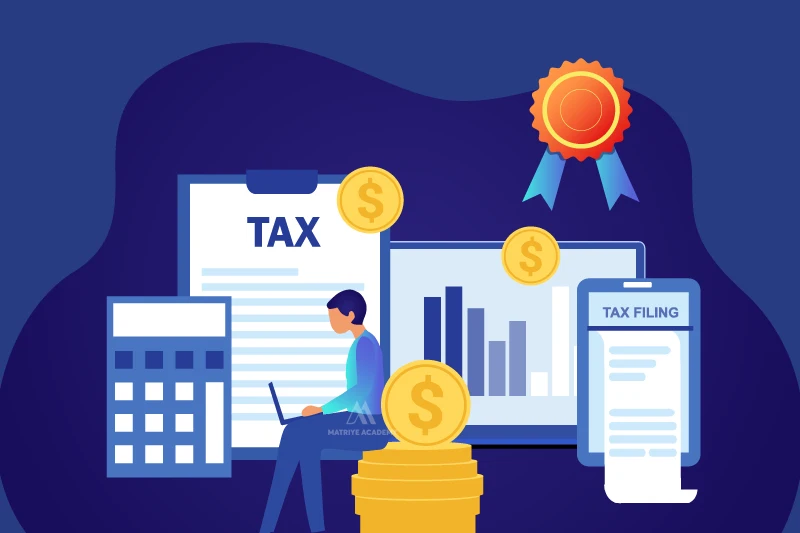
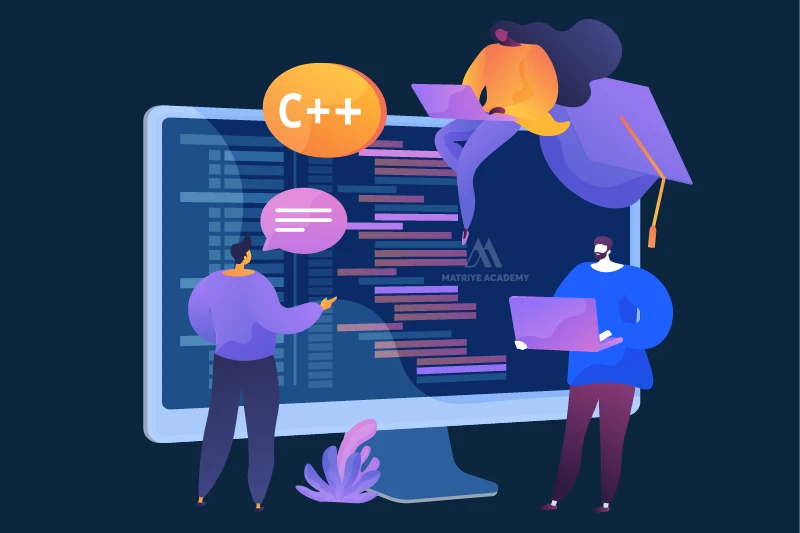



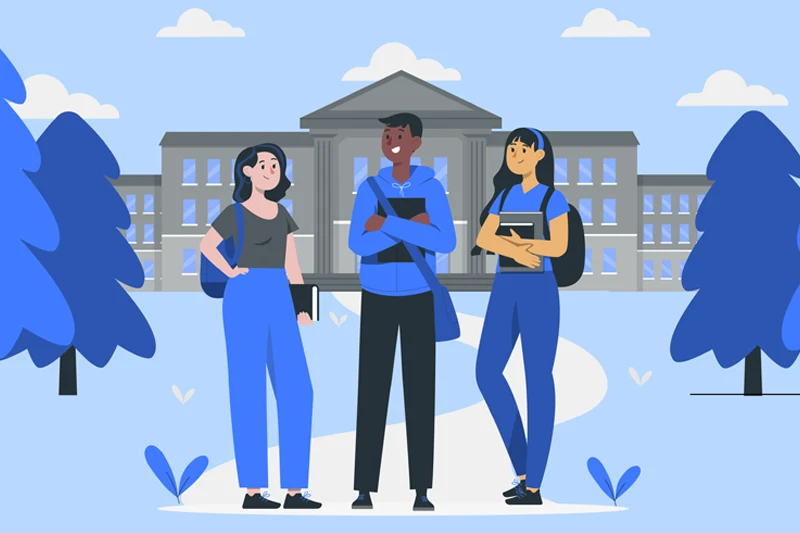
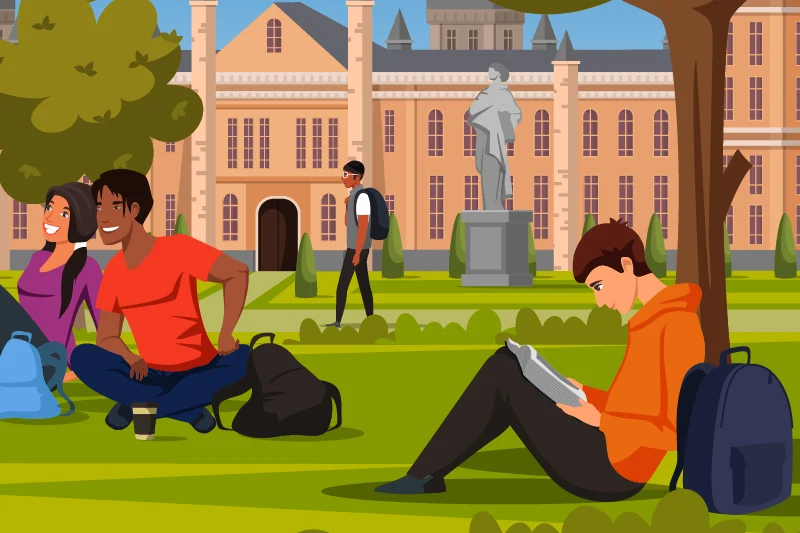
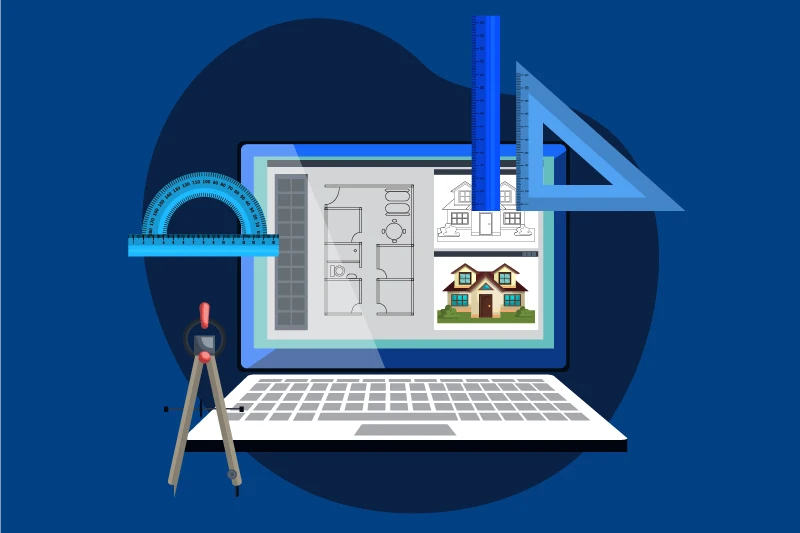

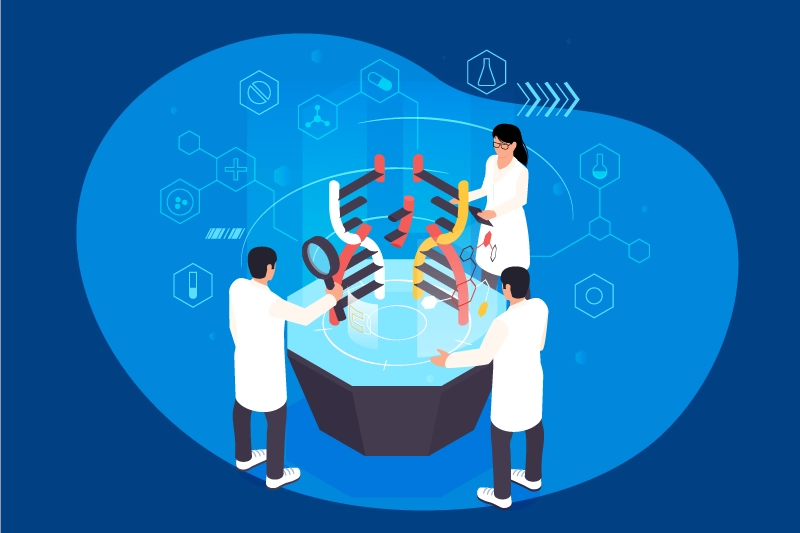


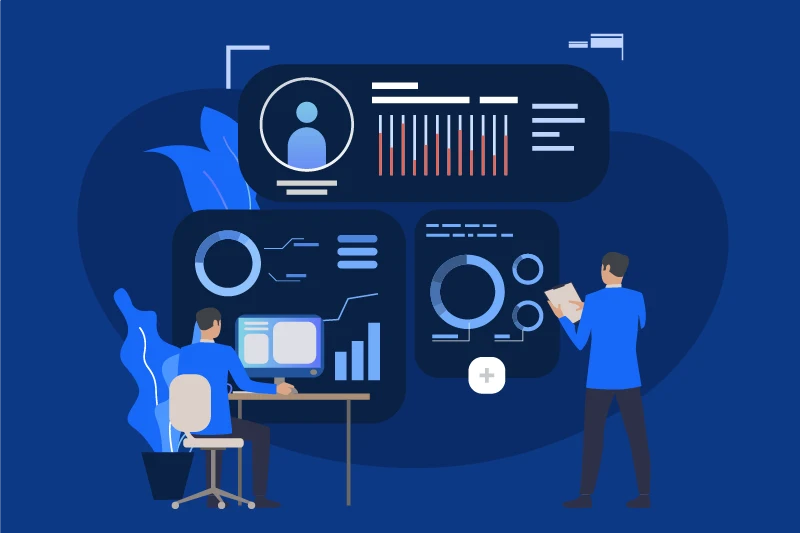
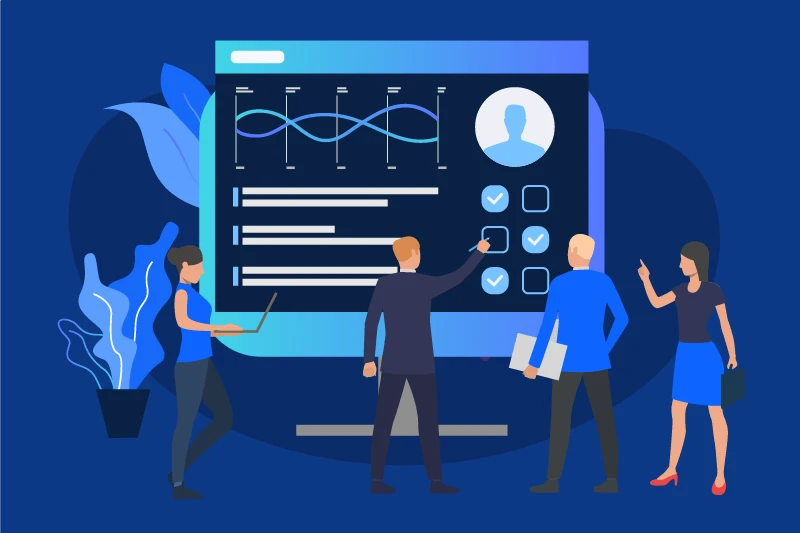



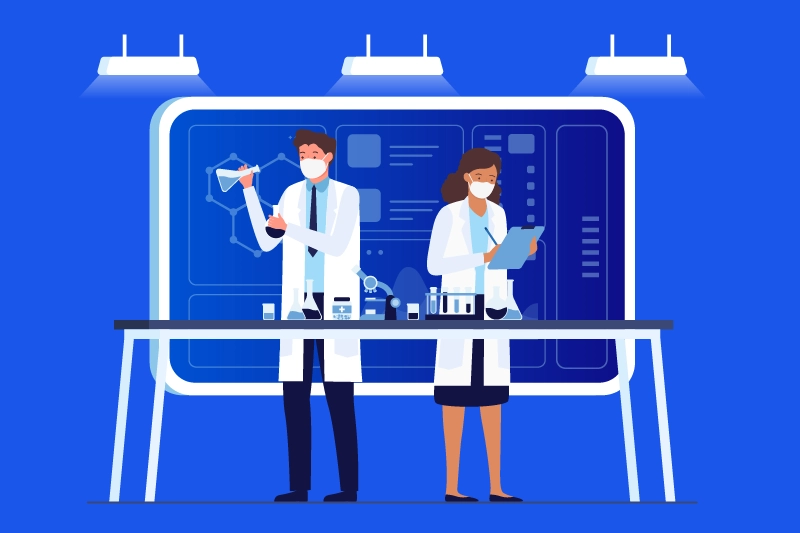
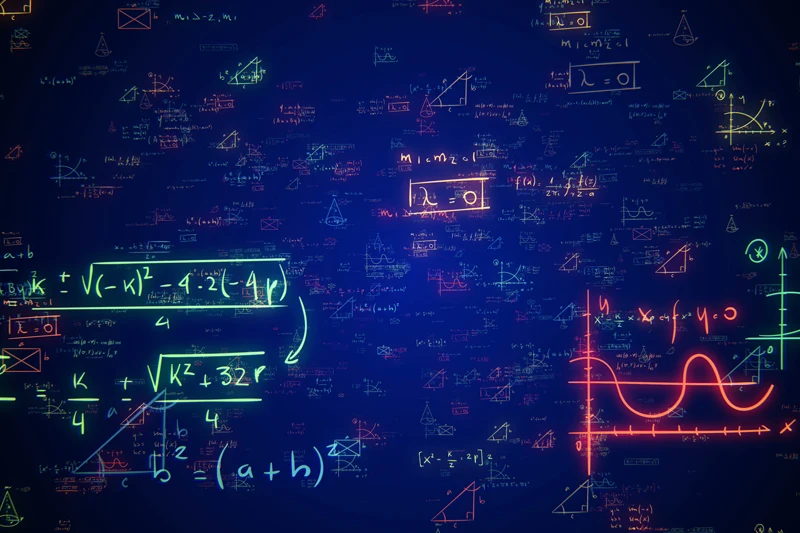

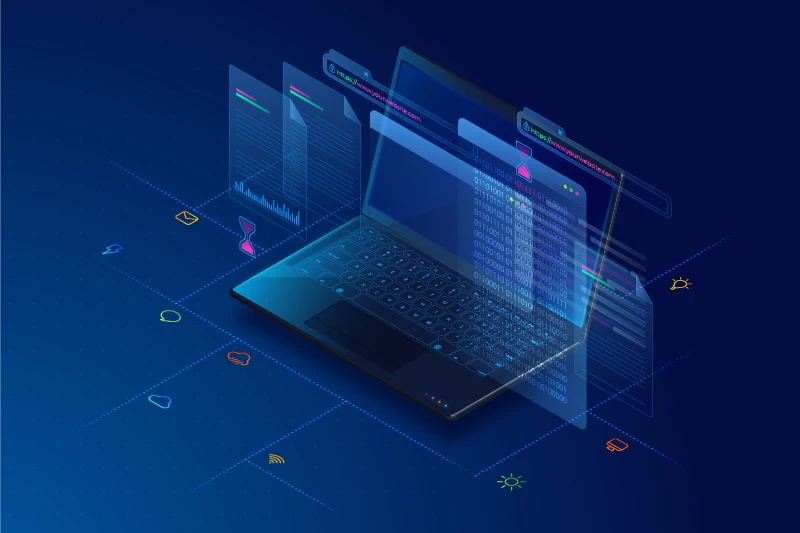

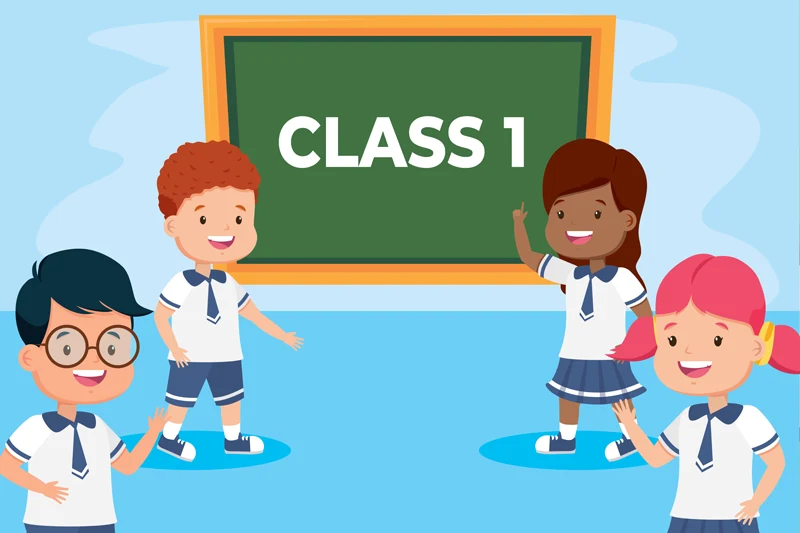



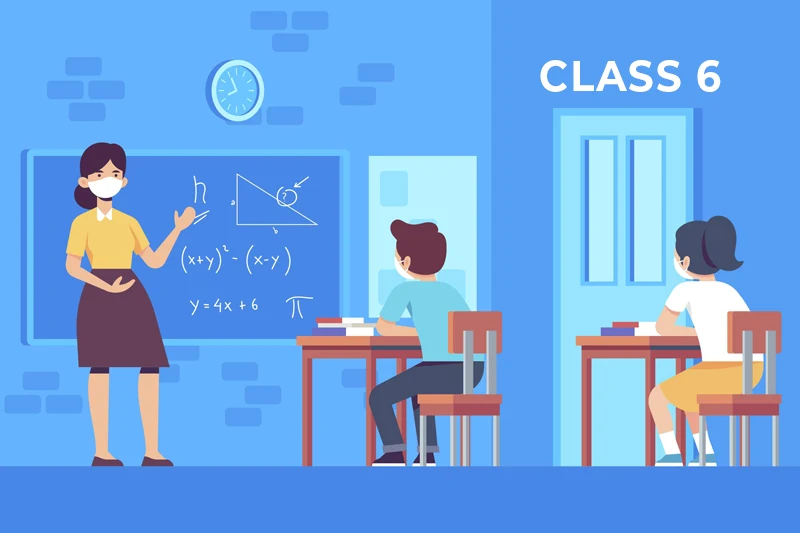
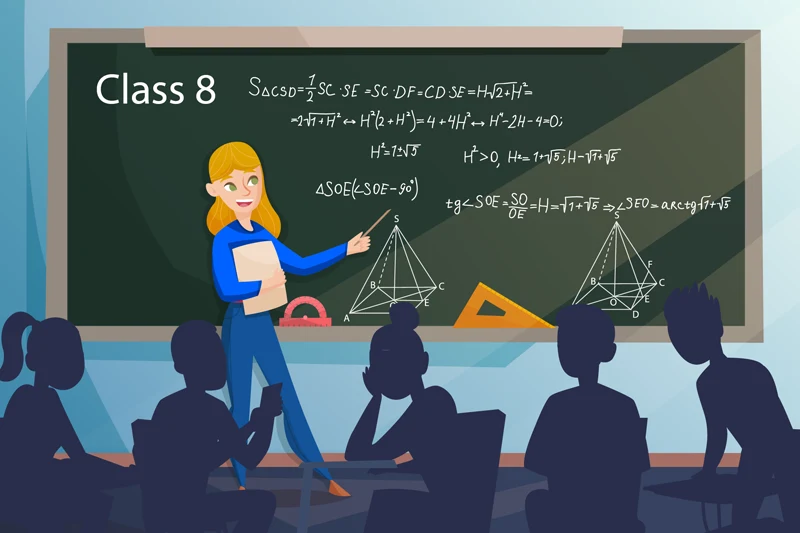




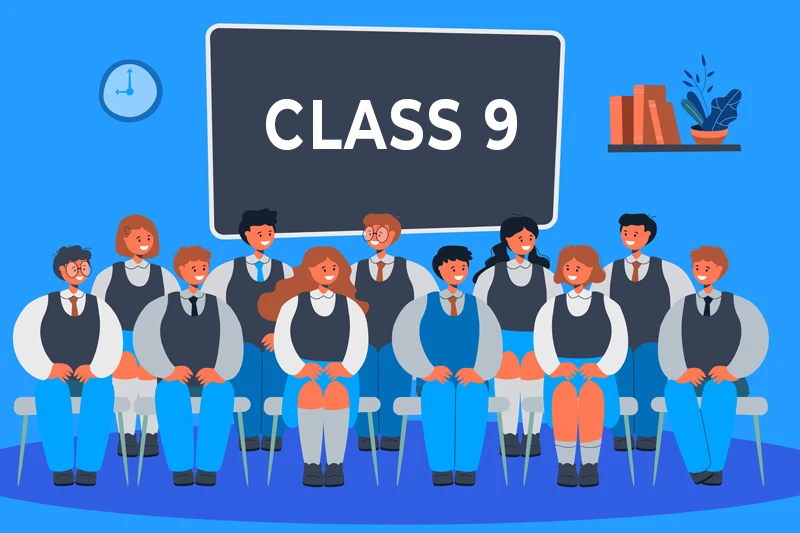





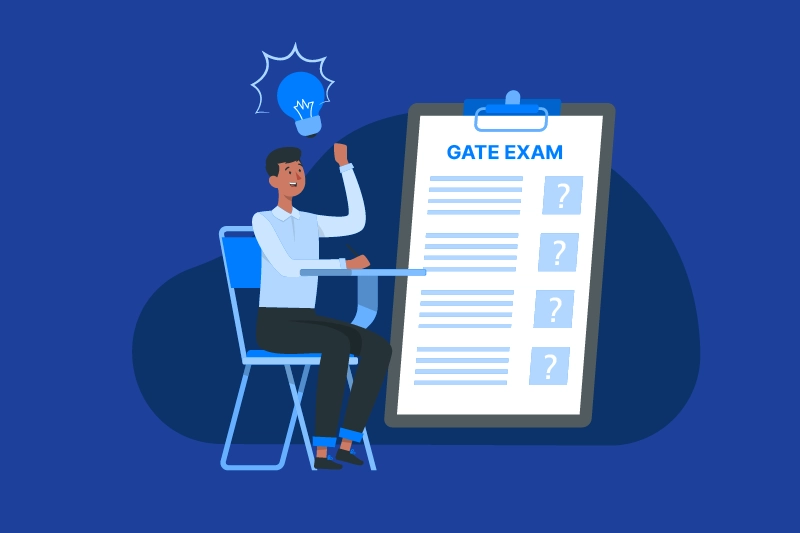

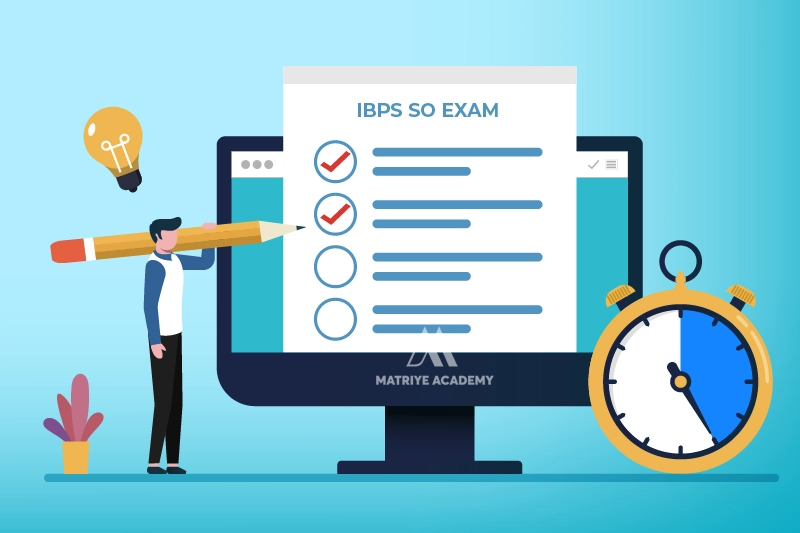


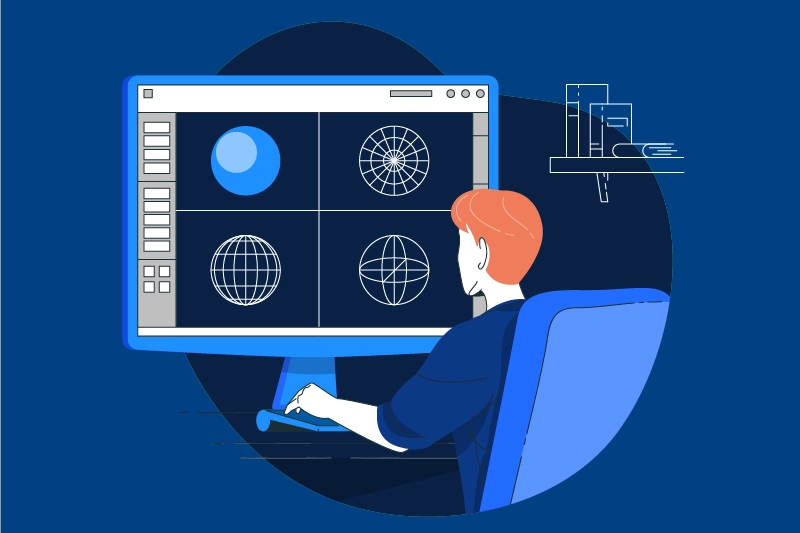
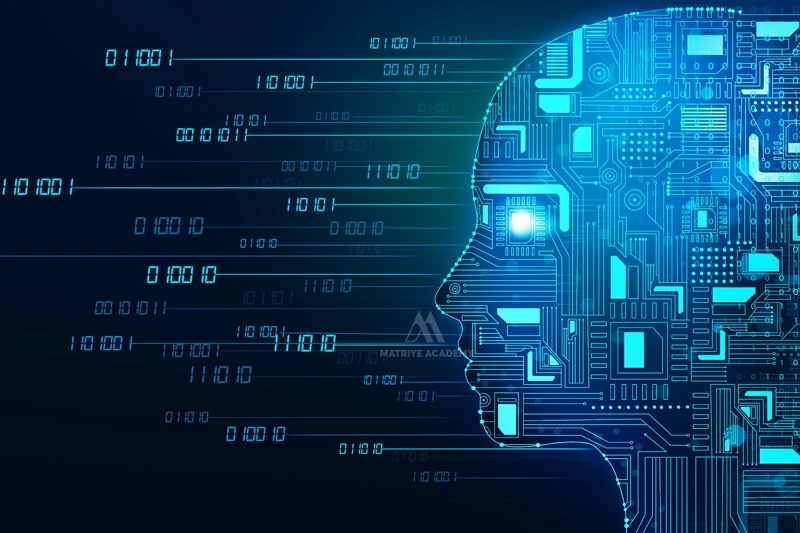


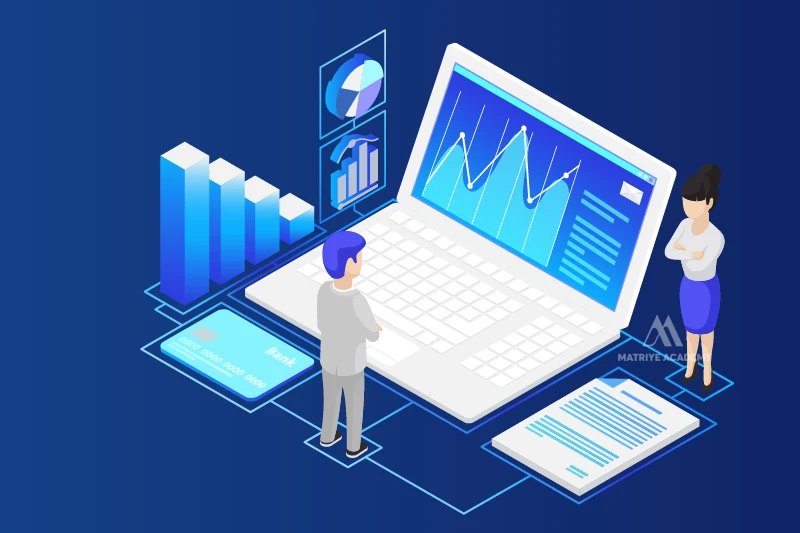
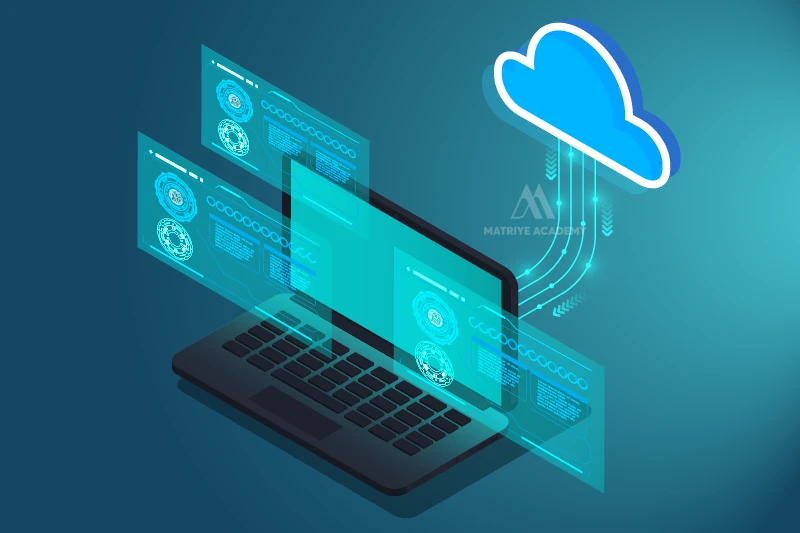










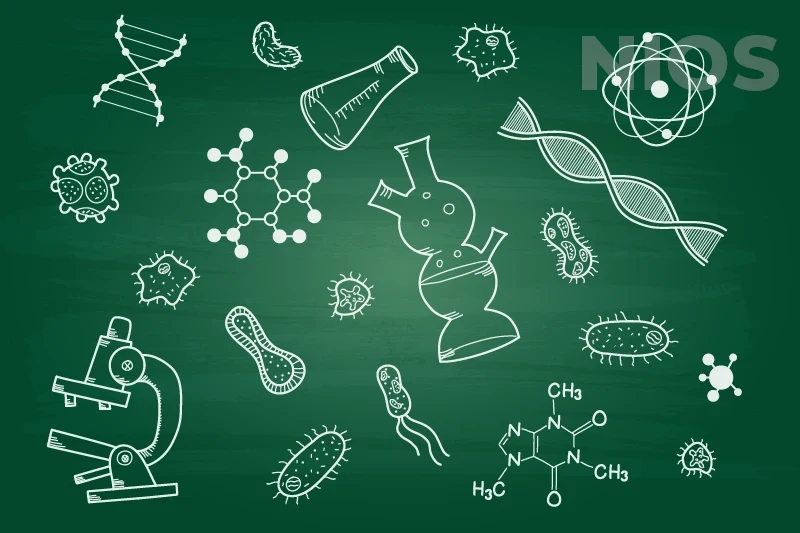


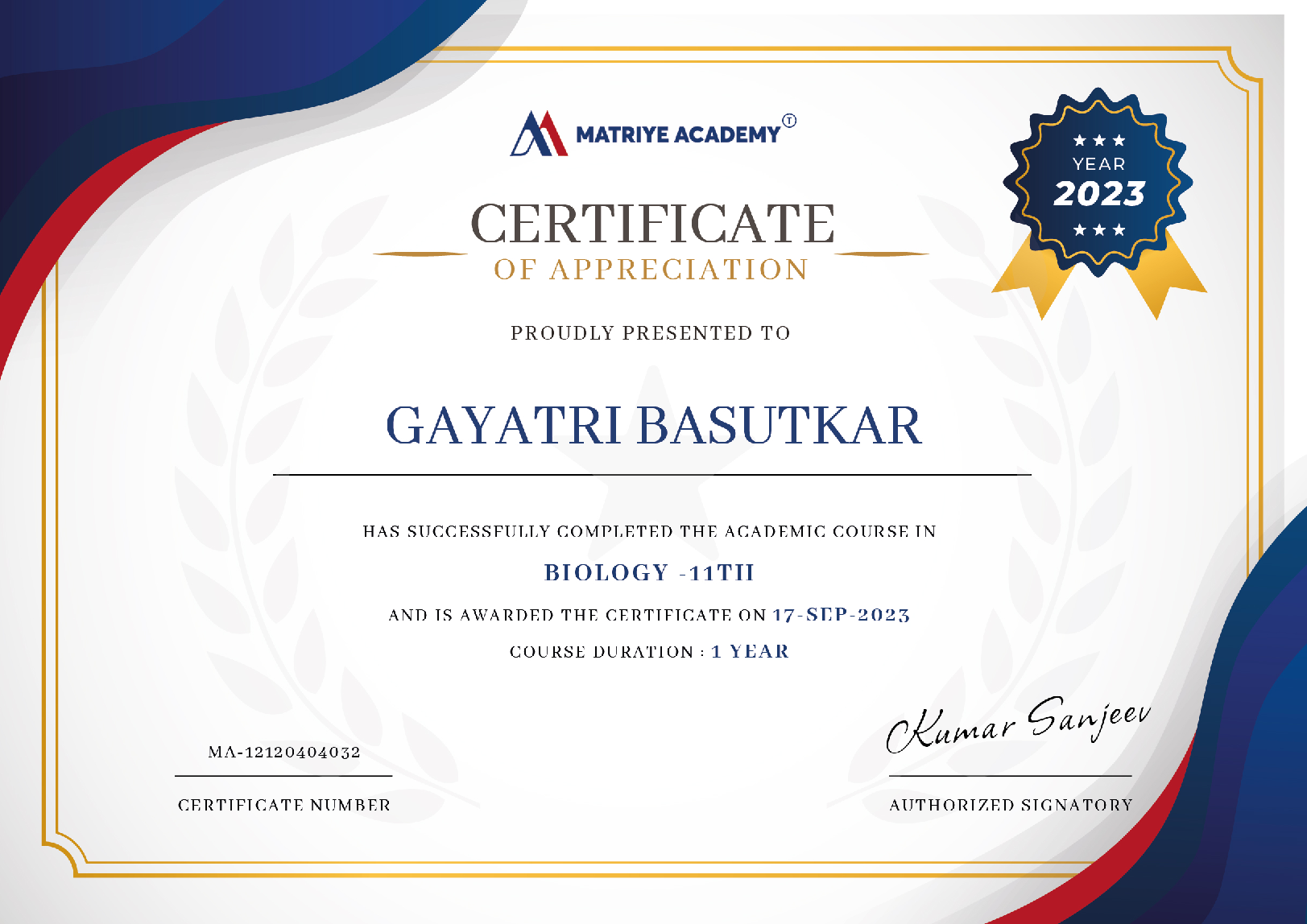
Leave A Comment